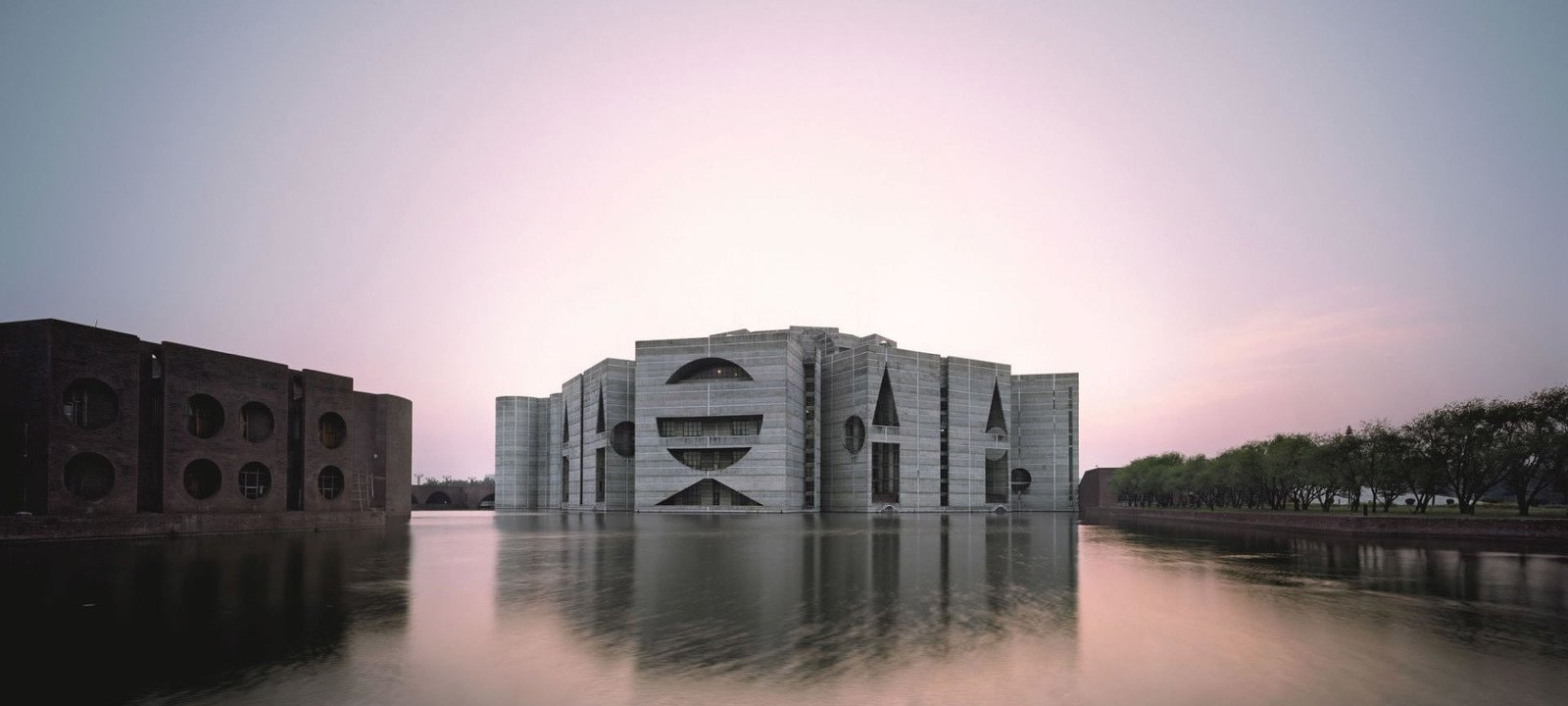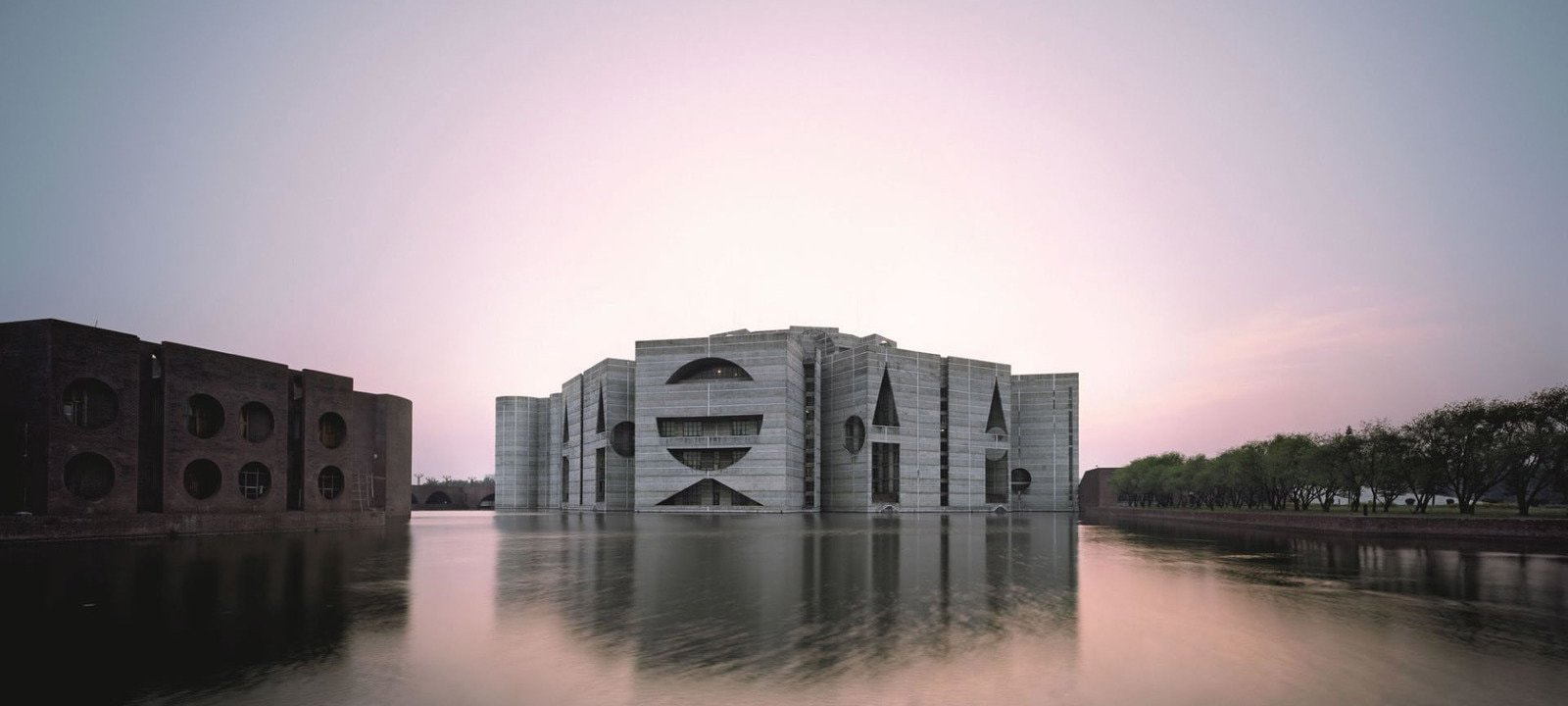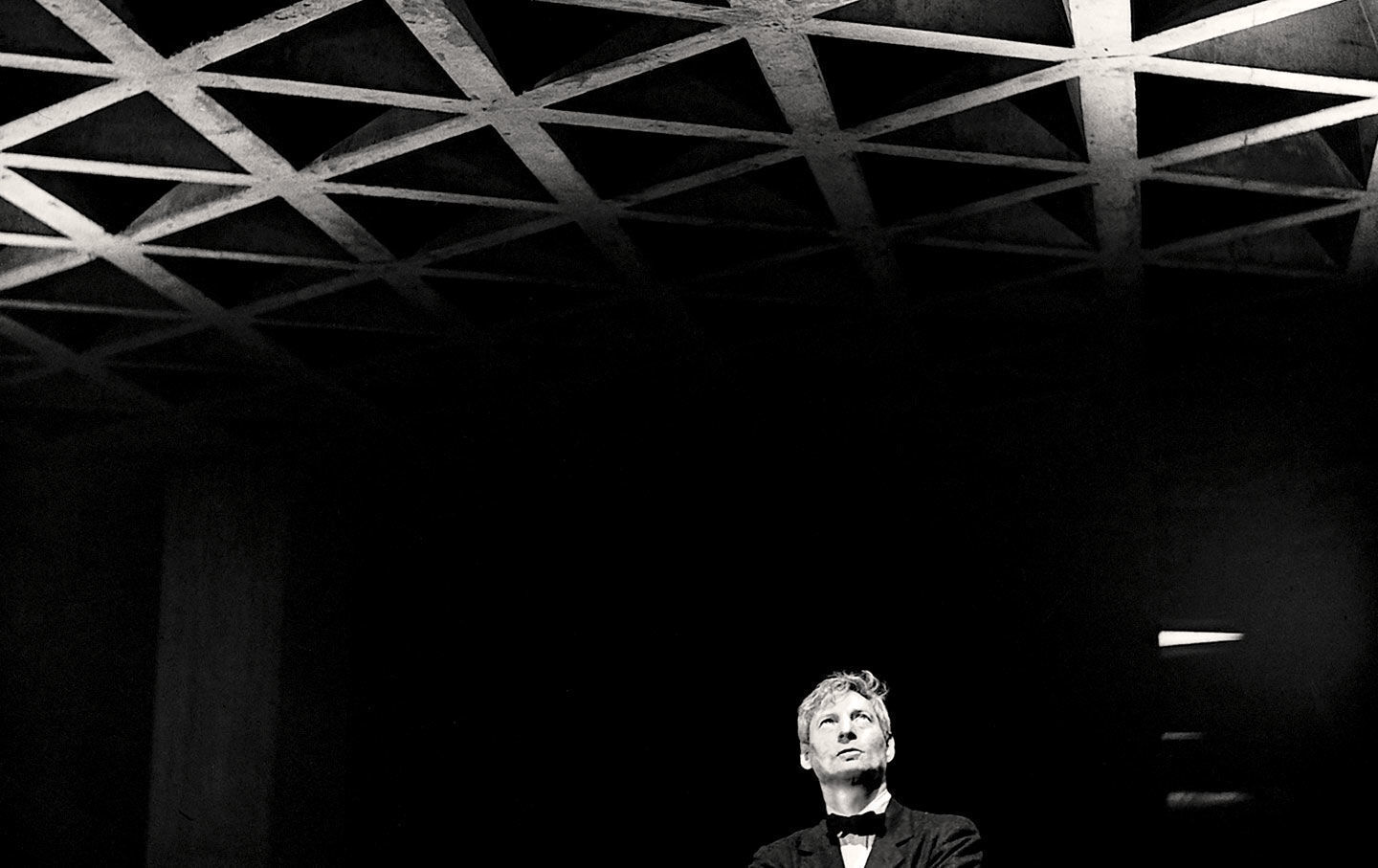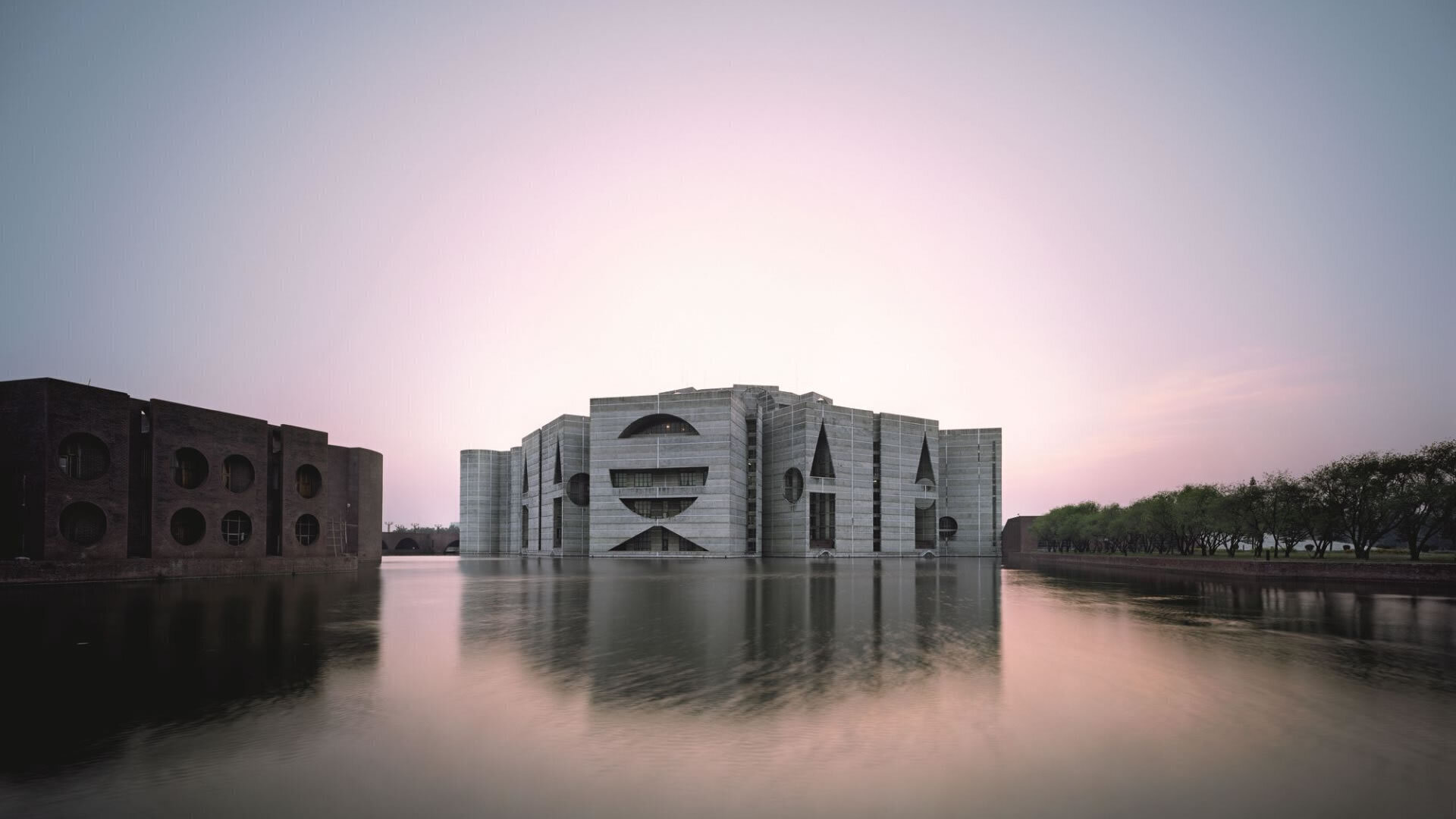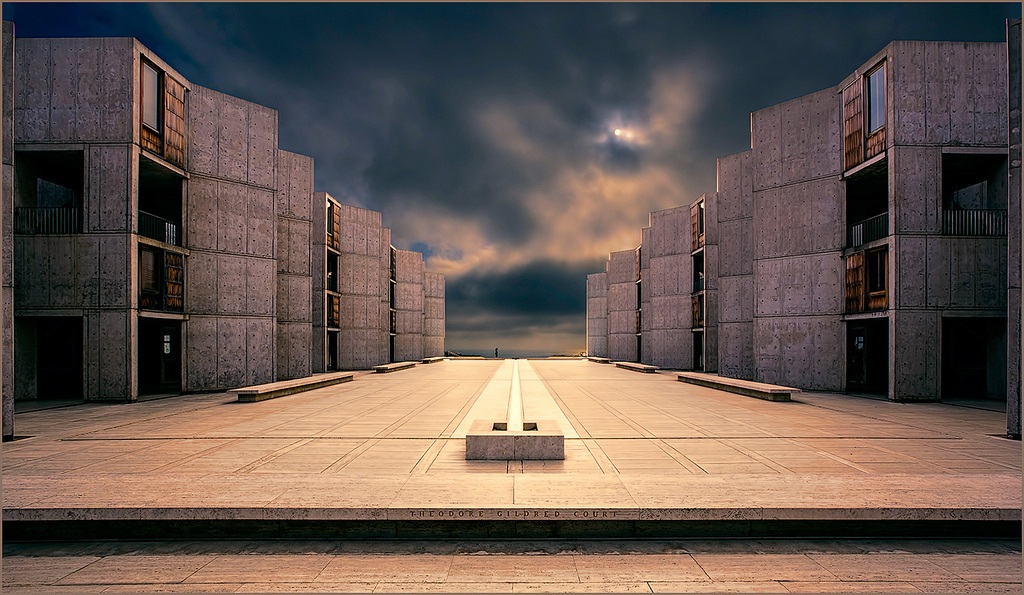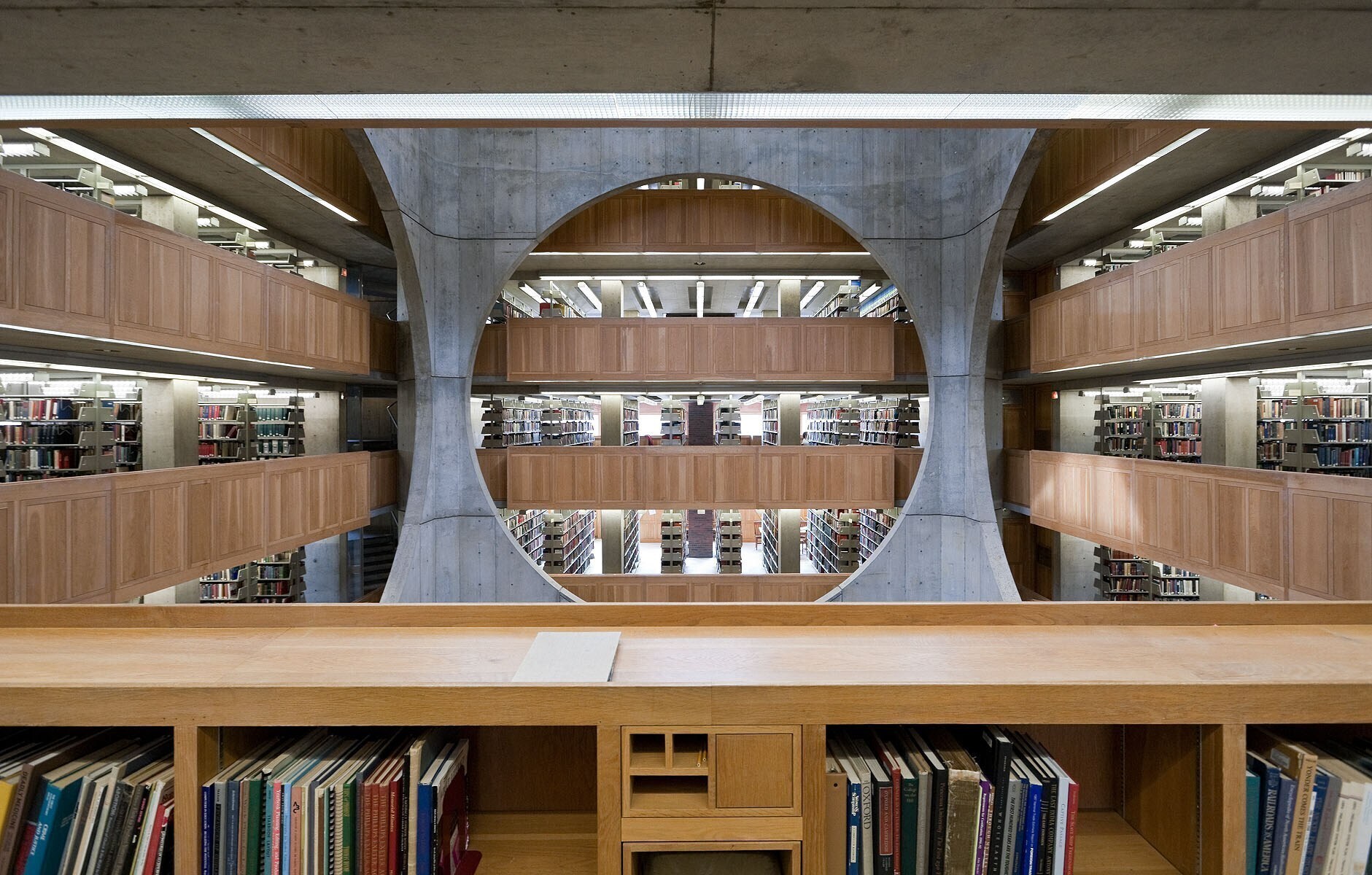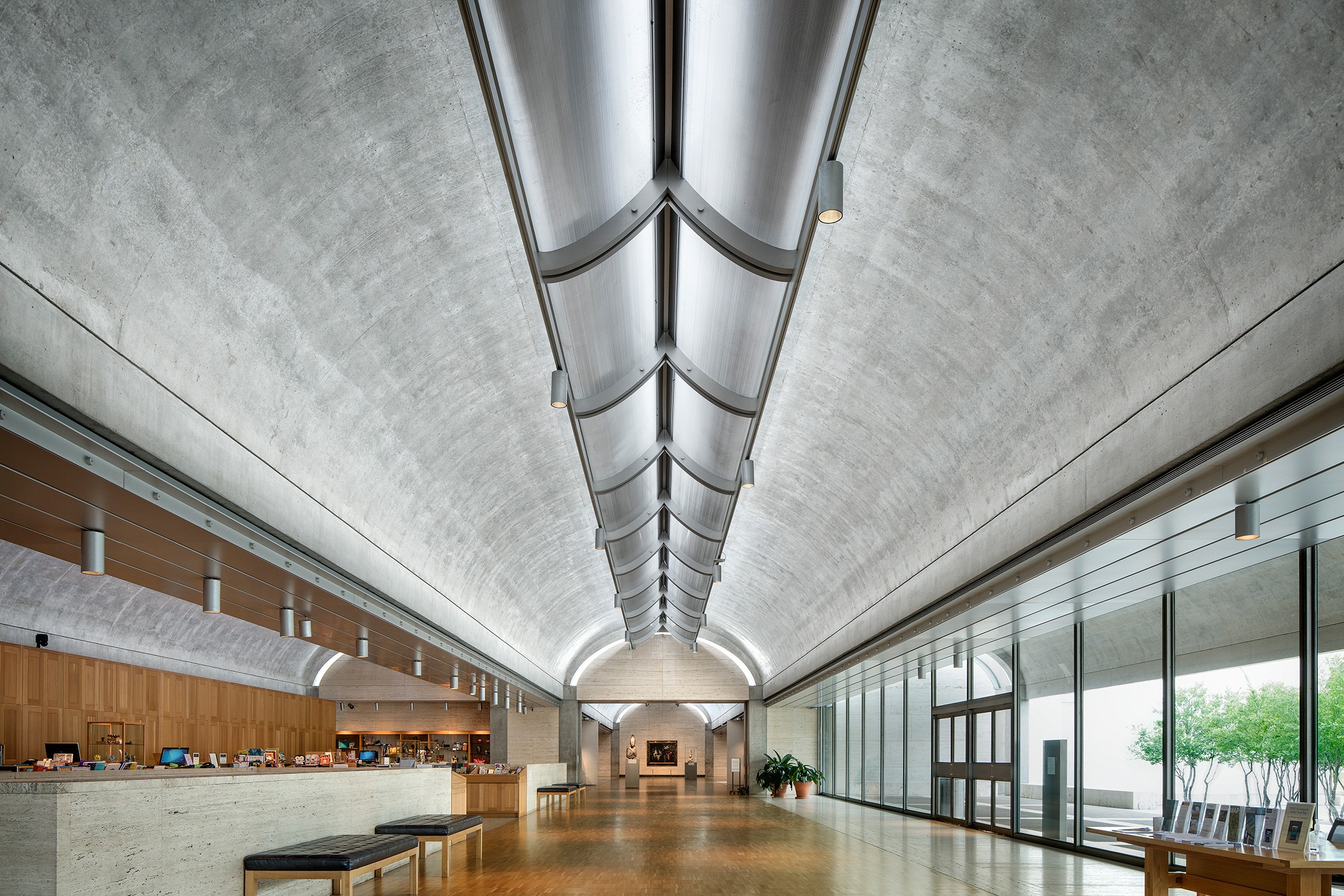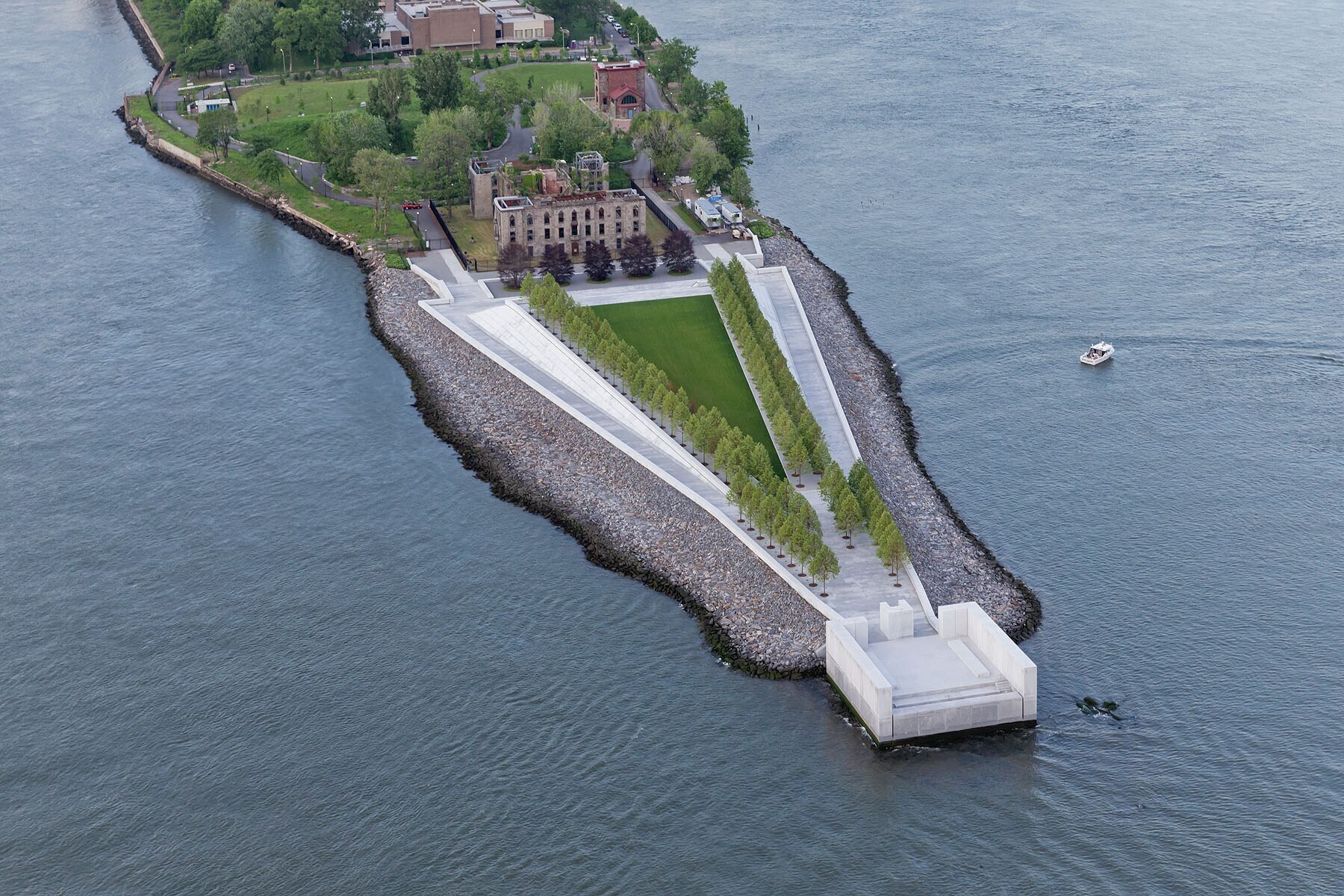Anna Bronovitskaya’s next subject is one of the most influential philosophers and artists among architects, author of a number of hugely original projects who gained wide recognition after the age of fifty.
During the time when architecture strived for airiness, he was creating emphatically heavy, monumental buildings revealing the qualities of their construction materials, such as concrete, brick, and wood. No one equals Kahn in the orchestration of natural light which produces, in balanced proportion, artistic effects and a comfortable environment. He brought to the limit of excellence each of his projects, so while academics praise Kahn’s Salk Institute Laboratories, artists hail Yale University Art Gallery and Kimbell Art Museum, and readers and librarians adore his Philips Exeter Academy Library. The architect’s designs are always perfectly inscribed into the landscape reflecting the spirit of the site where they are located.
An eccentric and stubborn person, Louis Kahn was unable to control either his intimate or social life. Even though he worked on major commissions and was a professor at the University of Pennsylvania, Kahn was heavily in debt and died on a railway station in New York. Postmortem, however, he became a genuinely iconic figure among architects.
